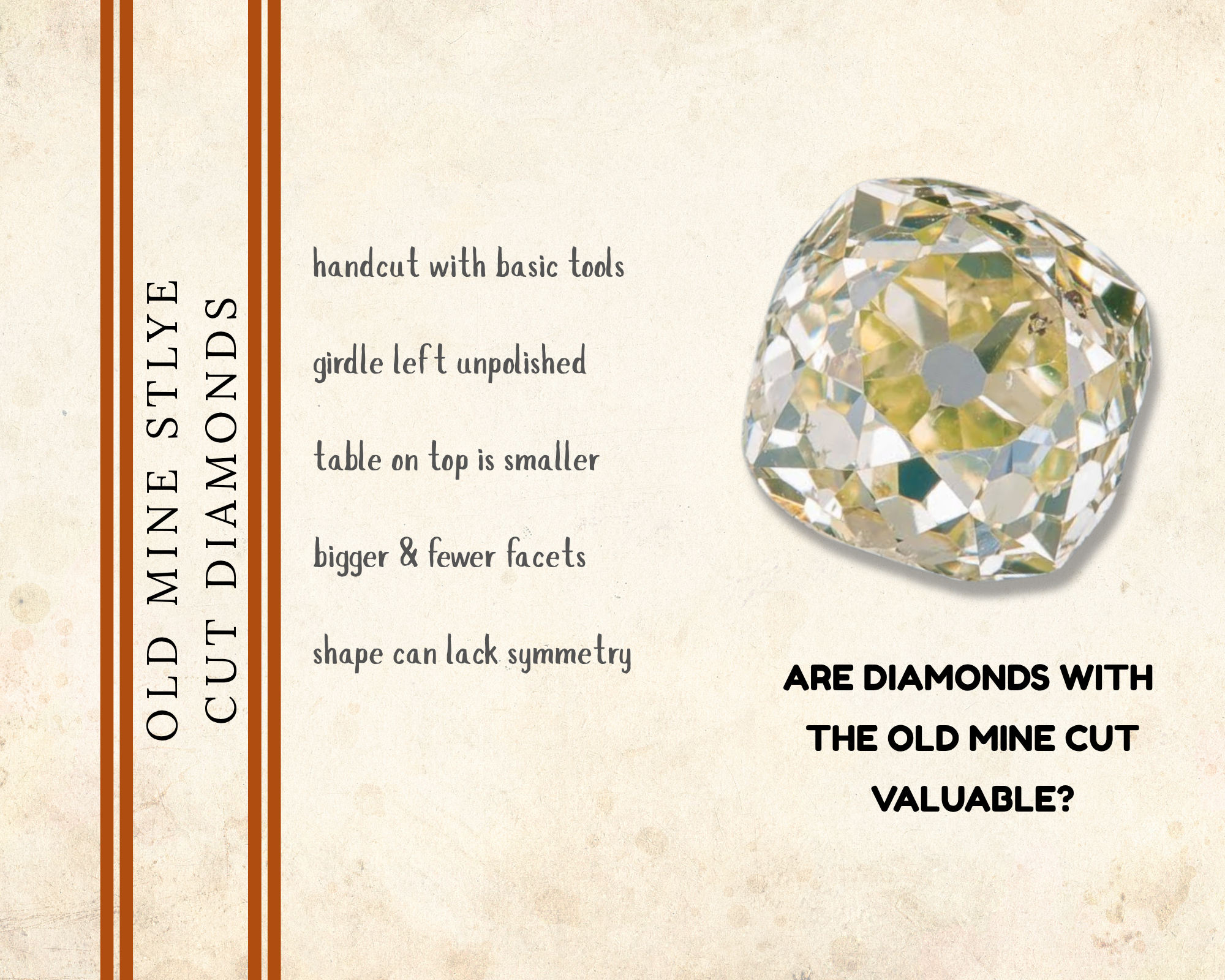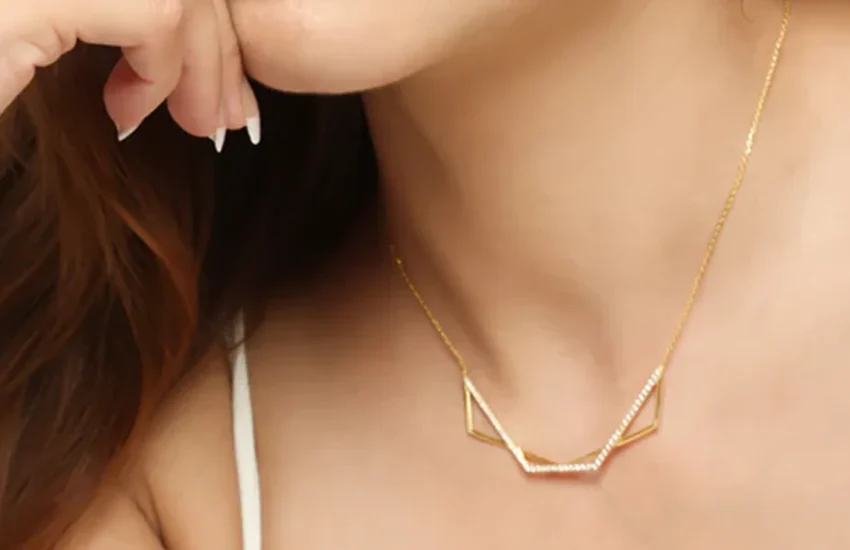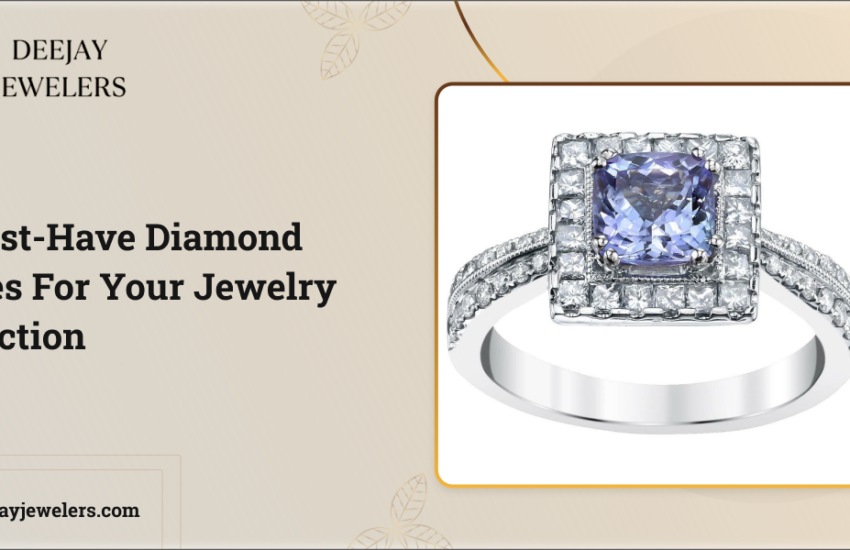Do Old Mine Style Cut Diamonds, Command A High Price?
When talking about the value and demand for a diamond cut in the old mine cut style, the perception would differ between the trained and untrained eye. A few characteristics of the old mine cut, mind be classified as ‘imperfections’ to a layman. But those characteristics could be the reason why, a connoisseur is willing to pay a premium price for the diamond.
Old mine cut diamonds are antique diamond cuts that were popular from the 1700s to the late 1800s, especially during the Georgian and Victorian eras. Knowledgeable diamond collectors observe that, the old mine cut has inspired modern brilliant diamonds of our time.
OLD MINE CUT FEATURES
Most old mine cut diamonds have a cushion or oval shape. Talk about the Seraphim Blue Diamond in recent times, refers to a rare instance where a pear shape Golconda blue diamond, was cut in the old mine style. Multiple reports mention that, the Seraphim Blue Diamond was worn in a lavish turban ornament by Asaf Jah 1, who declared himself to be the first Nizam of Hyderabad in 1724. The diamond is now believed to be a part of a Russian collection.
A few characteristics of old mine cut diamonds, some of these would be declared as ‘imperfections’ by casual observer. Old mine cut diamonds usually have a squarish outline with rounded corners, resembling a cushion or pillow. Since the diamond would be hand cut, proportions might not be very symmetrical.
The part of the diamond above the girdle also known as the crown, diamonds cut in the old mine style, would be higher than in modern cuts. No attempt was generally made to polish the girdle, this could reduce the ‘fire’ and sparkle of the diamond. The unpolished girdle can be easily spotted, in larger diamonds. Professional diamond collectors, appreciate the depth that the high grown offers. The old world charm is what these collectors are attracted to.
The flat facet on the top (table) of oval or cushion shape diamonds cut with the old mine style, is generally smaller than the size of the table provided in modern cuts. Few diamond experts have been lucky enough, to get a glimpse of the elusive Seraphim Blue Diamond but, it is fair to presume that the smaller table would be true even, of that pear shaped blue diamond. Diamond lovers who are passionate about the history of diamonds, sometimes ‘justify’ the smaller table provided by the old mine cut! They believe that, this contributes to a softer, romantic glow rather than a sharp sparkle.
The culet (bottom facet) of a diamond cut in the old mine cut style, is often flat and visible through the table. This creates a small circle or dot seen when viewing the diamond face-up. Interestingly this would be totally unacceptable, for a diamond that is cut in recent times.
One way to recognize an old mine style cut diamond, would be to observe the pavilion (bottom part of the diamond below the girdle). This is often deeper than seen in modern cut diamonds. The deeper pavilion influences how light is reflected inside the diamond.
Common observations related to old mine style cut diamonds is that, they often lack symmetry and do not offer the brilliance that modern cut diamonds do. Passionate diamond lovers have their own description, they claim that diamonds cut with the old mine style – emit a soft, romantic fire idealized by candlelight!
OLD MINE CUT DIAMONDS VALUE
Modern cut diamonds have better if not perfect symmetry, as compared to old mine cut style diamonds. They also offer a higher brilliance as compared to old mine cut style diamonds. Diamonds are today cut to highly standardized standards. This enables a standardized grading of diamonds to be done. The 4Cs (color, cut, carat, clarity) concept is applied to grade diamonds. Highly advanced techniques and tools, are used to cut and polish diamonds today.
Old mine cut diamonds are cut by hand, symmetry is often compromised and facets are often larger than those seen in modern cuts. Characteristics like an unpolished girdle and small table top, result in a more subtle brilliance and sparkle for the diamond.
In general the value of old mine cut diamonds, would be higher than diamonds cut in modern times. Diamonds cut in the old mine cut style generally carry a stronger provenance and historical significance. These antique diamonds are rare, often originating from historic mines such as those in Golconda, Brazil, or South Africa during the 18th and 19th centuries. The rarity of diamonds cut in the old mine style, combined with their unique hand-cut charm and vintage appeal, can lead to significantly higher prices compared to modern-cut diamonds.
SERAPHIM BLUE DIAMOND VALUE
Going by the description given by the few diamond experts, who claim to have seen the historic Seraphim Blue Diamond – the diamond has a fine blue color with a Golconda origin and an old mine cut. The unpolished girdle is apparently clearly visible. As per previous reports, the weight of the Seraphim Blue Diamond is being estimated at around 6 to 8 carats.
The provenance of the blue diamond dates back to around 1724, the time when the first Nizam of Hyderabad wore it in a lavish turban ornament. Tremendous provenance indeed for any historic diamond. The Seraphim Blue Diamond has never, come up for a publicly recorded sale or high profile auction. High budget auction bidders, could push the price of this Golconda blue diamond to $60 million or even higher.




